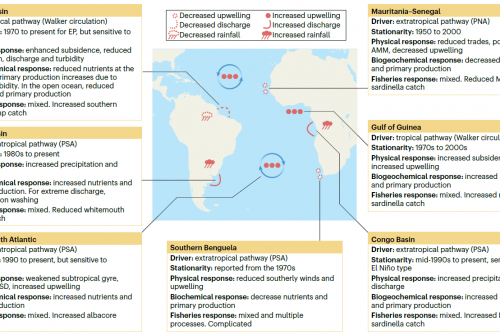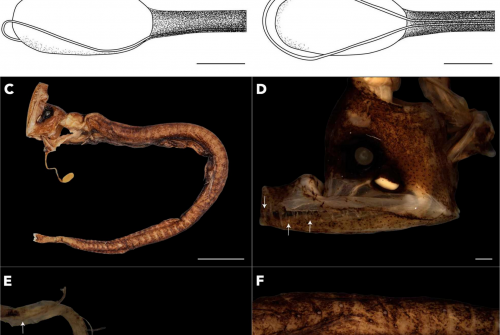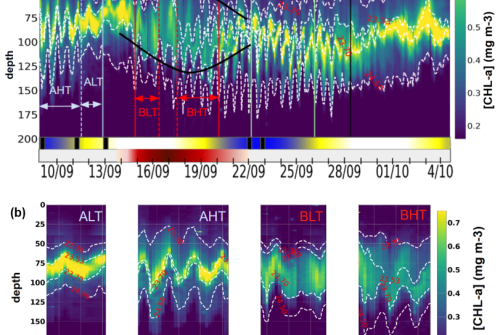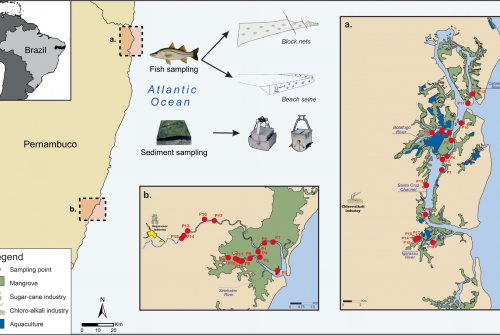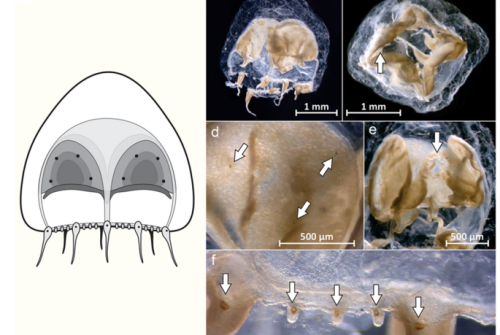
We investigated MP ingestion in lanternfishes (Myctophidae), one of the most abundant vertebrates in the world, using archived specimens from museum collections from 1999 to 2017. Microplastics were detected in 55 % of the 1167 specimens analysed (0.95 ± 1.22 MP individual−1). Global plastic production has increased by about 53 % during this period. Interestingly, almost half of the lanternfishes analysed contained at least one particle in the gastrointestinal tract in the earliest data. In contrast, the incidence increased to two-thirds in the most recent data available. Although the shape and colour composition of MPs followed a similar proportion, the model considering the sampling year and migration patterns showed that specimens collected in 1999, 2000, and 2010 had a 44 %, 23 % and 20 % lower probability of MP ingestion than those collected in 2017. However, migration was the most robust predictor of MP contamination. Further analysis of specimens collected in 1999–2000 revealed that fish caught in the bathypelagic zone had the lowest number of particles, while those caught just below the thermocline had an eightfold higher probability of MP ingestion. Lanternfishes were generally more likely to ingest high-density polymers, although polyethylene had the highest concentration (445.5 ± 526.4 µg g−1 gastrointestinal tract).
DOI: 10.1016/j.jhazmat.2025.137125
Reference
Ferreira G.V.B., Justino A.K.S., Martins J.R., Eduardo L.N., Schmidt N., Albignac M., Braga A.C., Costa P.A.S., Fischer L.C., ter Halle A., Bertrand A., Lucena-Frédou F., Mincarone M.M. 2025. Lanternfish as bioindicator of microplastics in the deep sea: A spatiotemporal analysis using museum specimens. Journal of Hazardous Materials, 487: 137125.



